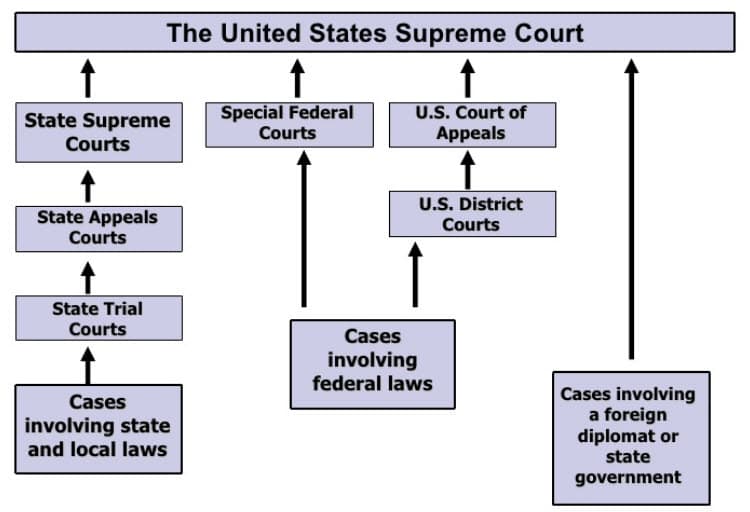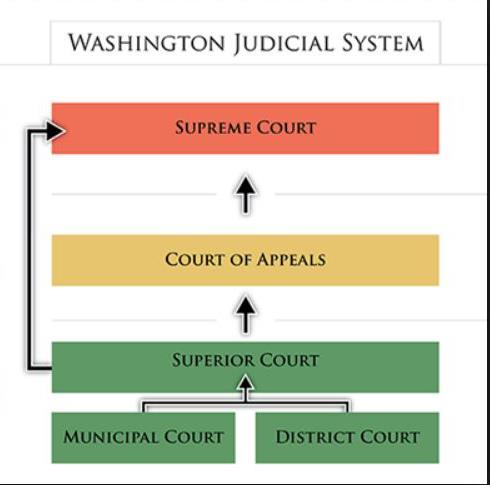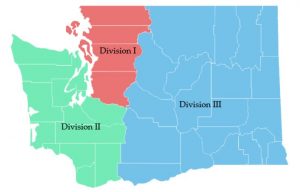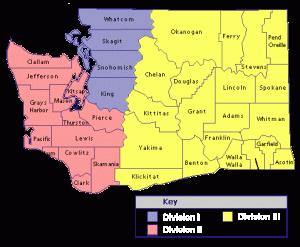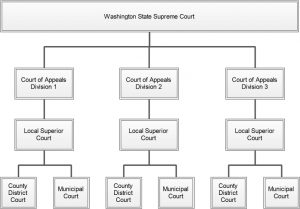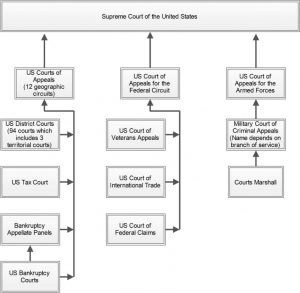The Proof of Service, whether it be in declaration or affidavit form, is the fundamental document by which a process server informs his client and the court that service has been accomplished. It is the server’s sworn testimony that service occurred and, as such, must contain certain information about how service was accomplished. A proper proof must answer the questions Who, What, Where, When, and How. The following items are basic to any proof of service and are presented here in the “usual” order in which they are found on the average Proof of Service.
- The case heading. This supplies the name of the court in which the case is filed, provides the case number, the name of the case, and the name of the document (such as Declaration of Service of John Smith, Process Server).
- “Boiler plate” wording which will vary depending on whether the proof is a declaration or an affidavit.
- The date and time of service.
- The location at which service took place.
- Who was served.
- A listing of the documents which were served.
- A brief description of the mode of service.
- Some more “boiler plate” language which, once again, will vary depending on whether the proof is a declaration or an affidavit.
- The name of the process server.
- The process server’s registration number.
- The date on which the process server signed the proof.
- The fee charged for service.
- Contact information for the process server.
- The name, and perhaps the address, of the client.
For the purposes of this section we shall examine items 3, 4, 5, 6, and 7.
Item 3 – The date and time of service.
These answer the When question. Although both are important pieces of information it is the date of service which is more likely to be examined by the court. This is because of the importance of meeting various deadlines such as that imposed by a statute of limitations or by court rule. Additionally, the date and time put the service within a certain context. It places the process server and the servee together in terms of time. One method of attacking a process server’s Proof of Service is to show the server and the servee were not together at the time reported on the proof. Also, certain statutes require that service occur within certain time periods of the day. The date must be accurately reported and the time should be accurate to within a few minutes.
Item 4 – The location at which service took place.
This answers the Where question. Working hand-in-hand with the date and time of service, the location of service completes the context in which the service took place. It places the process server and the servee together in terms of space or location. Depending on the mode of service, see Item 7, the location can become a point on which the proof might be subject to attack. Preferably the location is reported as an address, e.g. 1234 Main St, Anytown, WA. However, not all services are accomplished at a specific address. Depending on the circumstances it can also be a simple description, e.g. 1200 block of Main St. It might even be reported using the legal description or parcel number for a piece of property.
Item 5 – Who was served.
Almost any type of entity is subject to service of process. The “who” might be a person, a company, a corporation, an association, a government entity, etc. The proof must accurately report the name of that entity. Since most civil actions are against a person the name will be that of a person, e.g. John Smith. However, if it is against, for instance, a county then the county must be named, e.g. Whatcom County. Note, there is a difference between who is being served and with whom the documents are left. This distinction is vital and is discussed in detail elsewhere in this course.
Item 6 – A listing of the documents which were served.
The documents should be listed in the proof using exactly the same name as used on the document itself. Don’t shorten the name or change it in any way. For instance, you may be presented with a document named “Proposed Order Granting Defendant XYZ’s Motion To Strike New Evidence Relied Upon By Plaintiff In Her Motion To Reconsider Judgment” and be tempted to type in as simply “Proposed Order.” Don’t give in to the temptation. Failure to properly list the name of the document being served could result in the proof being attacked when opposing counsel questions exactly what was served.
Item 7 – A brief description of the mode of service.
Among other things this provides information about the person to whom the documents were presented. In the case of personal service on an individual the name is the same as the servee. In nearly every other case the name listed here will be different from that of the servee. For example, if the documents are served using abode (substitute) service then the servee (Item 5) may be “John Doe” but the person with whom the documents are left is “Jane Doe, his wife.” Note the brief description of who the person is and their relationship to the servee. Here is another example. The servee is the “City of Anytown” but the documents are left with “John Doe, Mayor.”
Proofs of Service are generally a page in length though some extend to two pages. They are a recitation of facts. The court will generally accept them as presented but they are subject to challenge by a party to the case. Given that most challenges don’t take place for months or years a professional process server will keep a record of each service which is adequate to answer any questions regarding the statements made in the proof.
This quiz is for logged in users only.


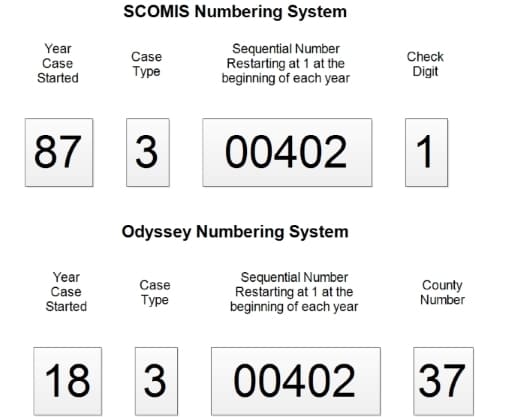
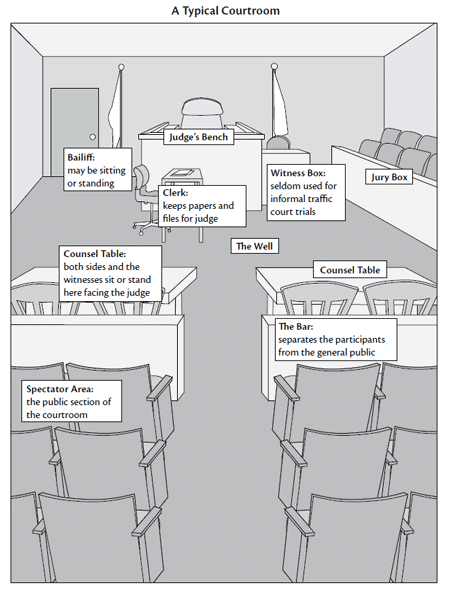 This is a rough diagram of a typical courtroom in the state of Washington. Courtrooms vary a great deal from city to city and county to county but they all have the same basic structure.
This is a rough diagram of a typical courtroom in the state of Washington. Courtrooms vary a great deal from city to city and county to county but they all have the same basic structure.